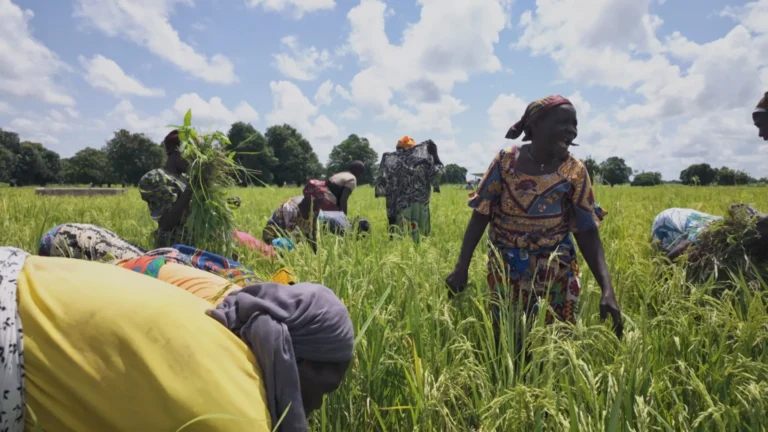
Senegal’s trade balance has once again slipped into deficit territory, underlining the structural vulnerabilities that continue to undermine its external accounts despite a promising start to the year.
In February 2025, the country briefly recorded a trade surplus of 84 billion CFA francs—a rare and optimistic development largely driven by a spike in exports and a significant reduction in imports.
However, that momentum proved short-lived. By May, the trade deficit had re-emerged, widening to 87.7 billion CFA francs, according to official figures.
The latest data paint a familiar picture. Senegalese exports for May were valued at 469.7 billion CFA francs, showing a slight drop from April due to decreased shipments of crude oil, fresh fish, and zirconium.
Gains in refined petroleum products, phosphoric acid, and non-monetary gold provided partial relief, but not enough to offset the overall gap.
On the import side, although volumes fell by 10.1% compared to the previous month, the bill remained steep at 557.4 billion CFA francs.
Cumulatively, however, Senegal’s export performance in the first five months of 2025 has been impressive—rising 64.5% year-on-year.
The country’s total exports increased from 1,413.8 billion CFA francs in 2024 to 2,325.7 billion this year.
The growth has been driven by strong international demand for refined petroleum products, crude oil, gold, and phosphoric acid.
Still, these gains remain fragile.
Senegal’s export base is heavily concentrated in a handful of commodities and markets. Five countries—Mali, India, Switzerland, Italy, and the Netherlands—account for more than 55% of its exports, leaving the economy highly exposed to global shocks and price volatility.
On the import front, pressures remain acute. Over the first five months of the year, imports reached 3,023.8 billion CFA francs, an increase of 5.2% over 2024.
The largest import categories include refined petroleum products, industrial machinery, crude oil, and rice—key goods that Senegal remains dependent on. Major suppliers include China, France, Nigeria, and Russia.
While the decline in May’s import figures may offer some short-term relief, analysts caution that it reflects seasonal fluctuations rather than structural change.
Reversing the trade imbalance will require more than export growth; it will demand a broad strategy focused on reducing import dependency through domestic production.
To that end, experts point to the urgent need for industrialization, especially in the agri-food and energy sectors. Developing competitive local alternatives to imported goods, coupled with targeted diversification of export sectors, could offer a sustainable path out of the trade deficit trap.
Senegal has made strides, but its journey toward a balanced trade position remains unfinished. The future depends not just on numbers, but on deep, strategic reforms that will reconfigure its economic architecture for long-term resilience.



